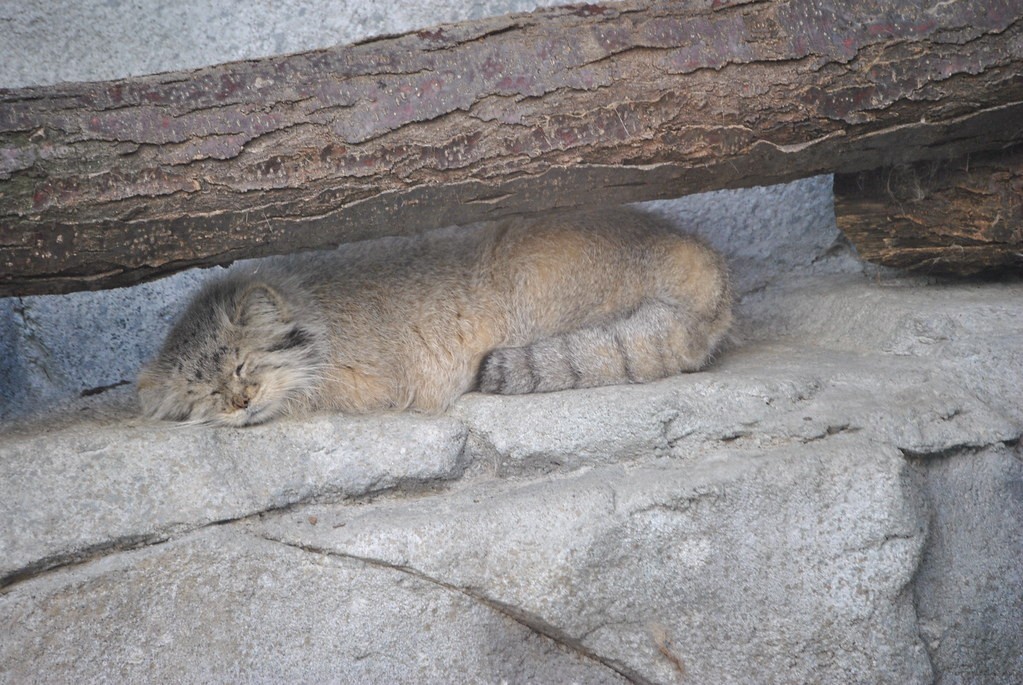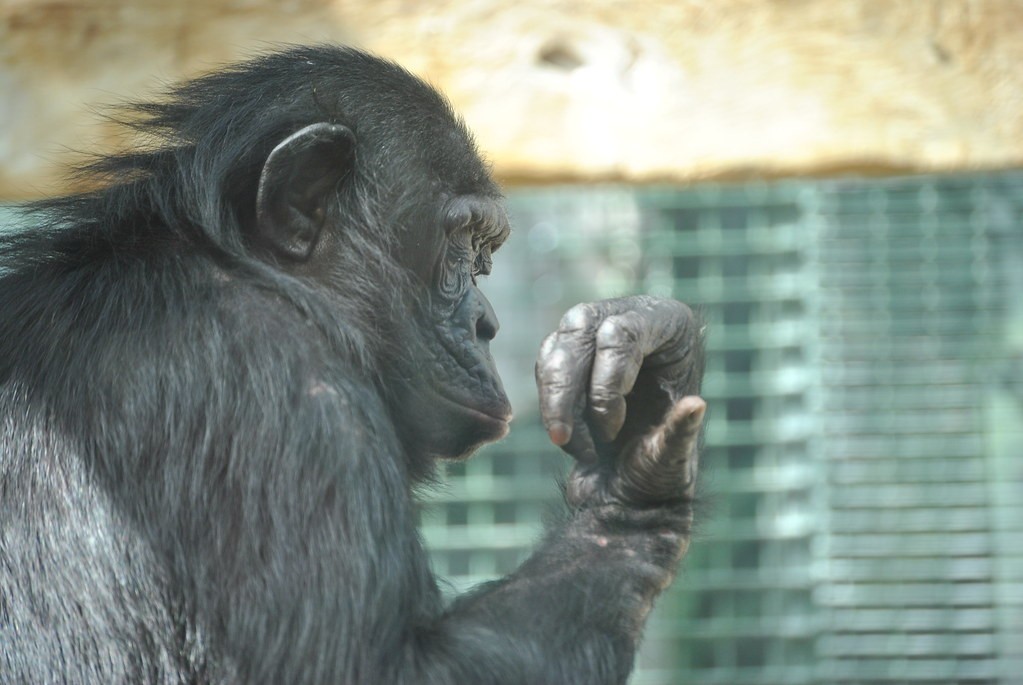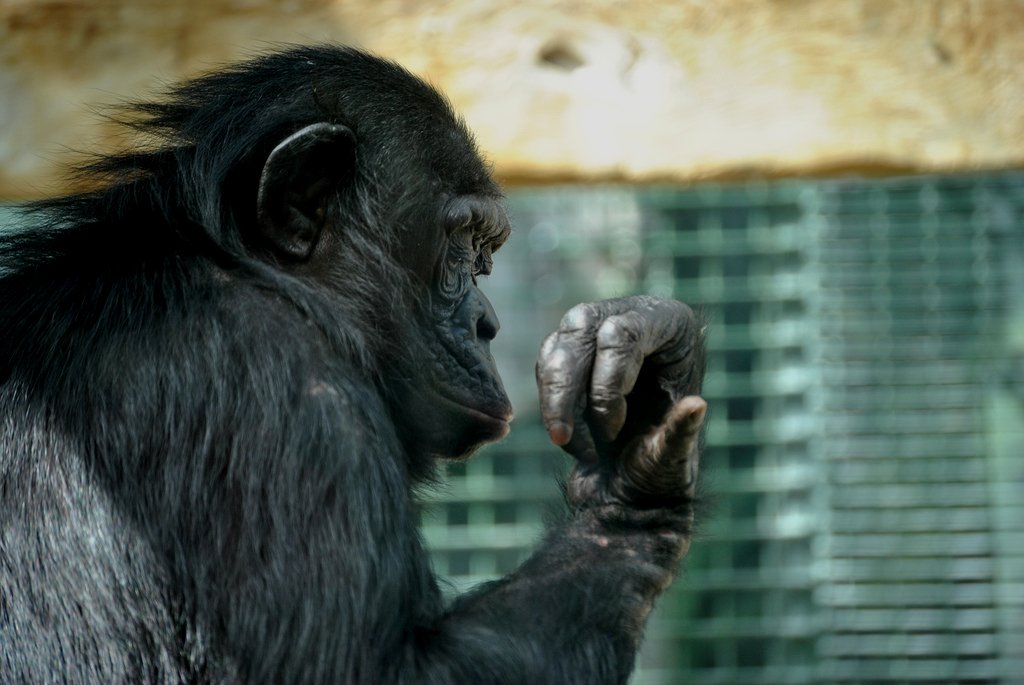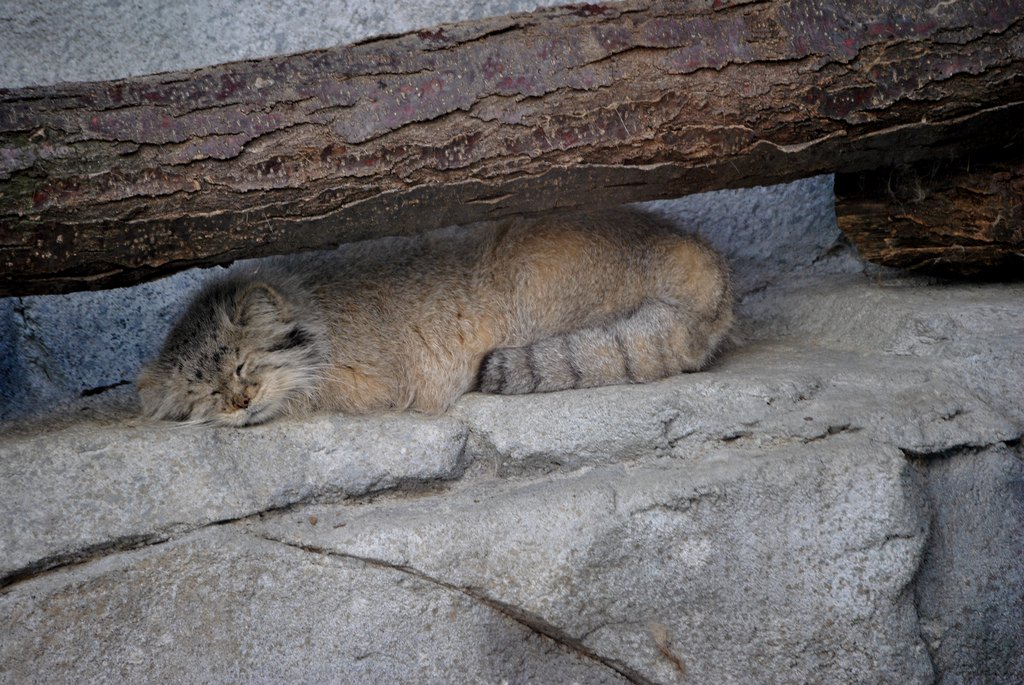The first one appears to be overexposed but in reality it isn't. A quick look at the histogram shows the photo to perfectly exposed, it's just the original scene didn't contain that much dynamic range (difference between the lightest part and the darkest part)
The second image was going to be a difficult one anyway, black gorilla with a bright background. One thing I've noticed with my D90 is that the 3D matrix metering puts more weight on the area that you've focused on in an attempt to expose your point of interest properly (I believe that the D3000 uses a similar if not the same focus and exposure engine as the D90). This generally works fine until you have a high contrast scene like this . You've focused on the gorilla so the camera will try and expose the gorilla correctly. However as the gorilla is black the camera will tend to overexpose the image. In this example I would have probably compensated the exposure by around minus 2/3rds of a stop, maybe even a full stop.
Also I see no bars (blurred or otherwise) in these pictures. Were you shooting through glass, plexiglass etc? If you were then this can produce the washed out look that you have. Also the greater the angle you shoot through glass the more washed out the images become in my experience.
You can easily put more contrast back into these photos, and also pull back the exposure a bit using PS, PSE or whatever image editing program you use, but unfortunately the blown highlights in the 2nd picture are beyond recovery.
I did a couple of v. quick edits on these photos just adjusting the levels which made them a bit better, but as you wish for photos not to be edited I'm afraid I can't post them.




















![[No title]](/data/xfmg/thumbnail/32/32715-2fc6326453c7dda13dae0bbb0cc16864.jpg?1734162341)